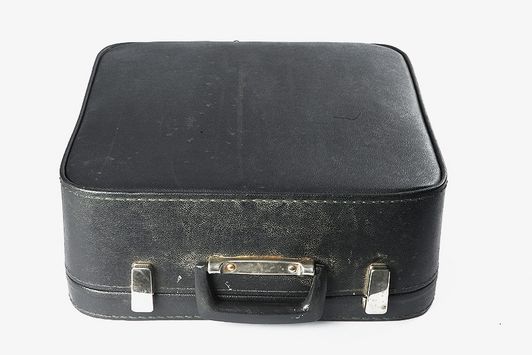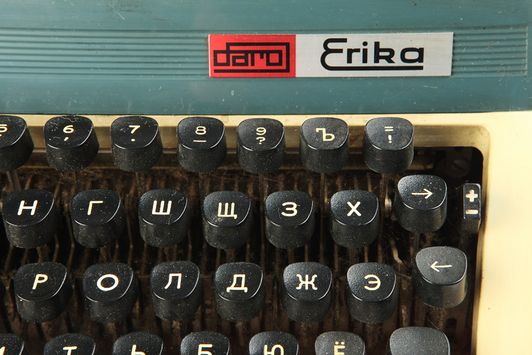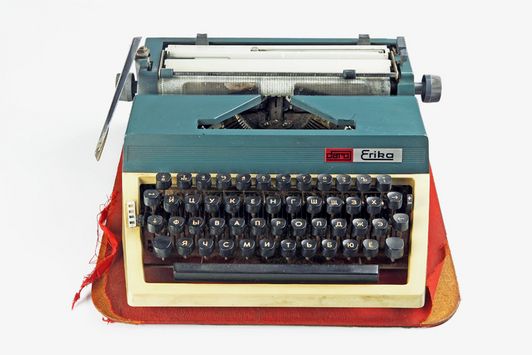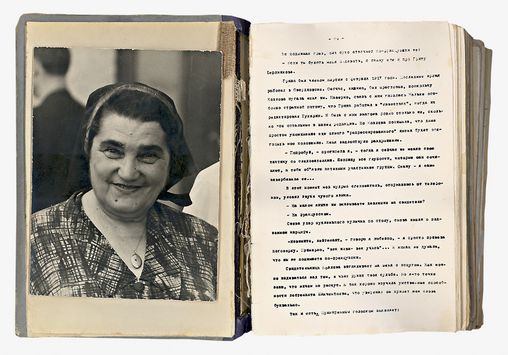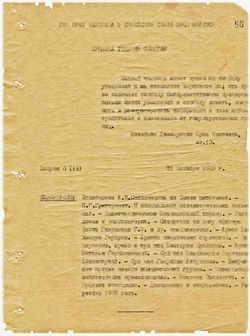Report by Yevgenia Ginzburg, 1989 (1 min.) in German
Following Khrushchev's overthrow, the editors of the Yunost magazine refused to publish her memoirs as originally planned. They turned the manuscript over to the Marx-Engels-Lenin Institute in Moscow "for safekeeping".
Source: Eugenia Semenovna Ginzburg, Within the Whirlwind, Boston, 2002


